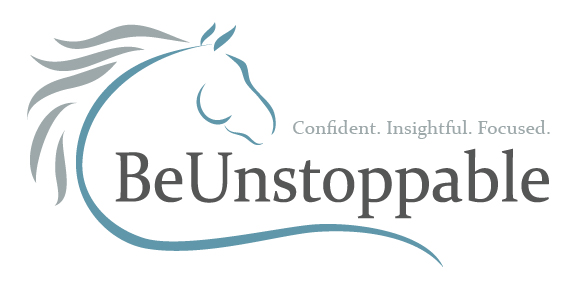Believe it or not, spring is coming soon and if you have 2-year-olds, you might have to start deciding what route to take with them. How do you decide whether you should go cutting, cow horse or reining with them? It’s really important that the horse has the aptitude and physical ability to do the event that you want them to do, so sometimes it’s best to let them make the choice. Young horses usually show interest in cattle very early on if they want to cut or be a cow horse, but they can fool you and not get really interested in cattle until later. Caylee Wilson just wrote a really good article for the NRCHA news called “Aptitude Test”, and I’d like to quote him in a few places regarding this.
He said, “If you have a horse that’s a good, balanced mover, is cowy, stays light on its front end while using its hocks, and has a very appealing overall look, it makes it easy to do the cow horse on that particular horse. On a horse that can’t do these things naturally or isn’t a very pretty mover, it’s going to take a lot of work to get it to do what the natural horse can do easily, and it’s probably never going to be comparable to the natural moving horse. If that less appealing mover is cowy, has good footwork and is quick to get to the ground on the stop, he might be make a great cutting horse prospect. A smart owner will let the horse’s strengths dictate the horse’s career rather than pushing the horse into a predetermined discipline.”
“Here’s Cayley on a good moving, well balanced horse with lots of eye appeal, and the IT factor!” photo credit Abigail Boatwright

Some things you want to observe while starting him are; does he travel out comfortably, naturally, balanced and want to use his hocks? Is he feely or is he a horse with low energy vs perhaps having a Ferrari’s engine under the hood? Does he have a fragile or fractious mindset vs steady and forgiving? How interested is he in a cow? Does he take guidance from his rider easily on a cow? If he’s athletic but doesn’t like to be interfered while working a cow, cutting might be a better option. The reined cow horse has to be willing to take direction from the rider. Sometimes hotter horses make good cutters if they have athletic ability and enough interest in cattle where it would take a lot more work to make that one a cow horse. If he’s pretty, well balanced and a good mover without much cow, reining may be the best option.
Caylee also addressed a horse’s build and body balance. He said, “smaller horses can end up being really good cow horses. It has more to do with strength and power and whether the horse is strong enough to run and stop and get around for the fence turn. Usually, a bigger horse will be stronger, but they can also be a bit slower across the turn, however, that small horse might have more heart and try and can outperform the bigger horse even though he’s not as strong. Heart is a desire from within the horse himself to perform. I’ve learned over time you can have a perfectly balanced, conformationally correct horse that just doesn’t move well or have the desire to want to do it. I’ve learned that horses can defy their confirmation and size. This is typically an exception and not the rule. That innate drive in the horse is the key element,” Wilson said. I completely agree with Cayley on that!
Kaylee also addressed bloodlines, saying, “it’s nice to have a pedigree with desired bloodlines. The horse must also be a little bit special to make a career as a cow horse. Does it have presence, its own charisma and will it be crowd pleasing?”
Those are all important considerations when evaluating your 2-year-olds potential.
Then, will you be sending it to a trainer? If so, which one? I’ll be covering that in my next article. Also, a full set of x-rays before you get started is important so you know what potential issues you might face and be sure they’re manageable.
Looking forward to hearing your thoughts!
